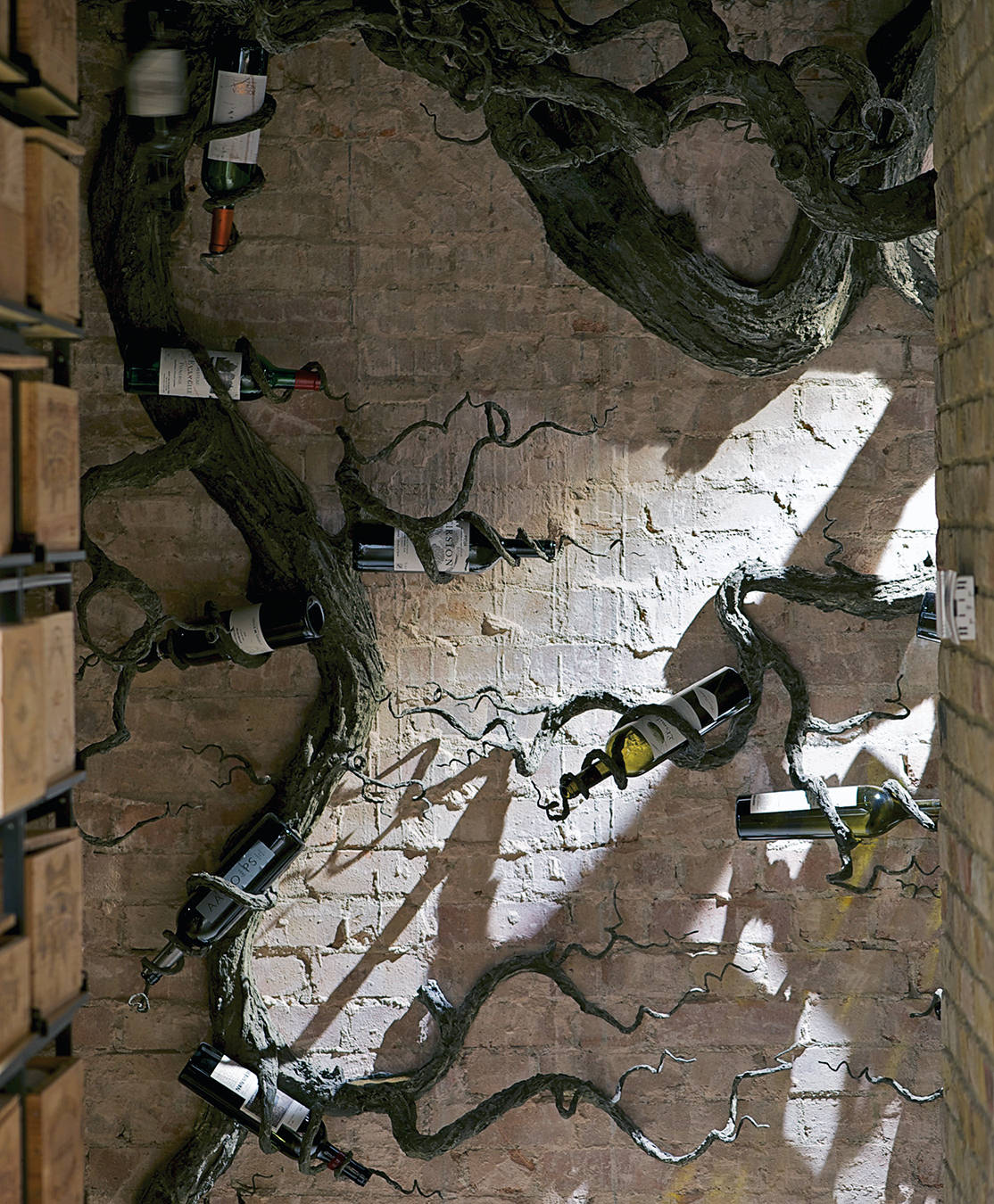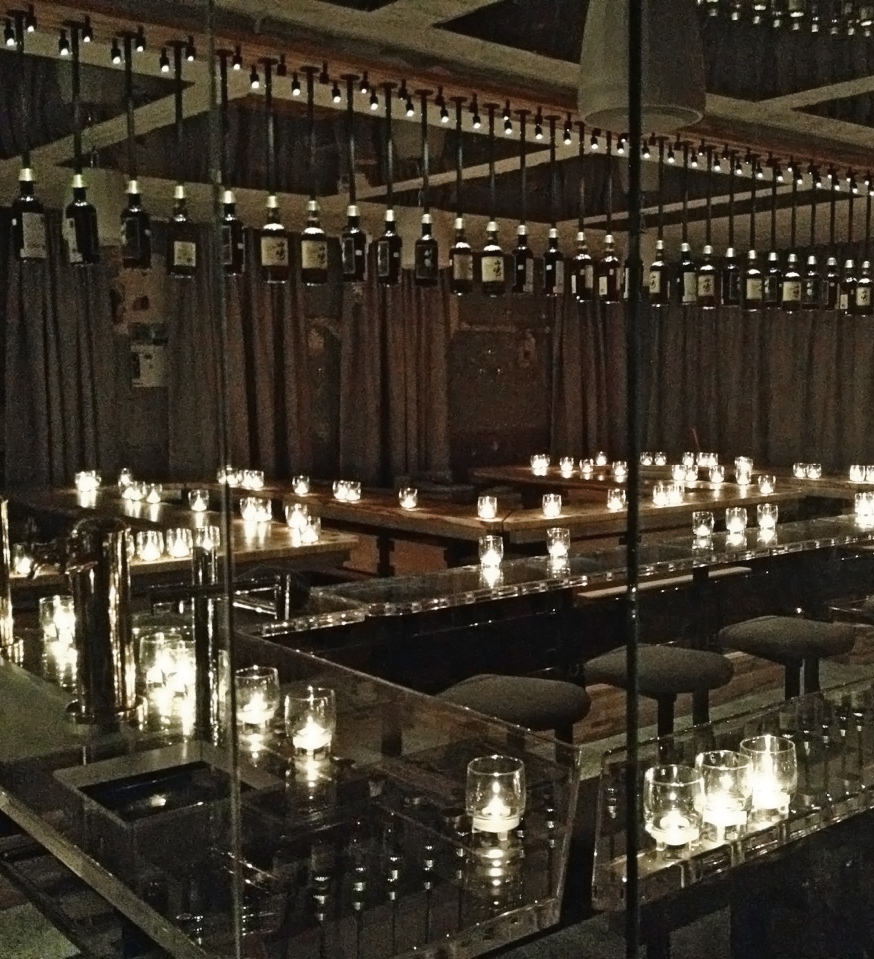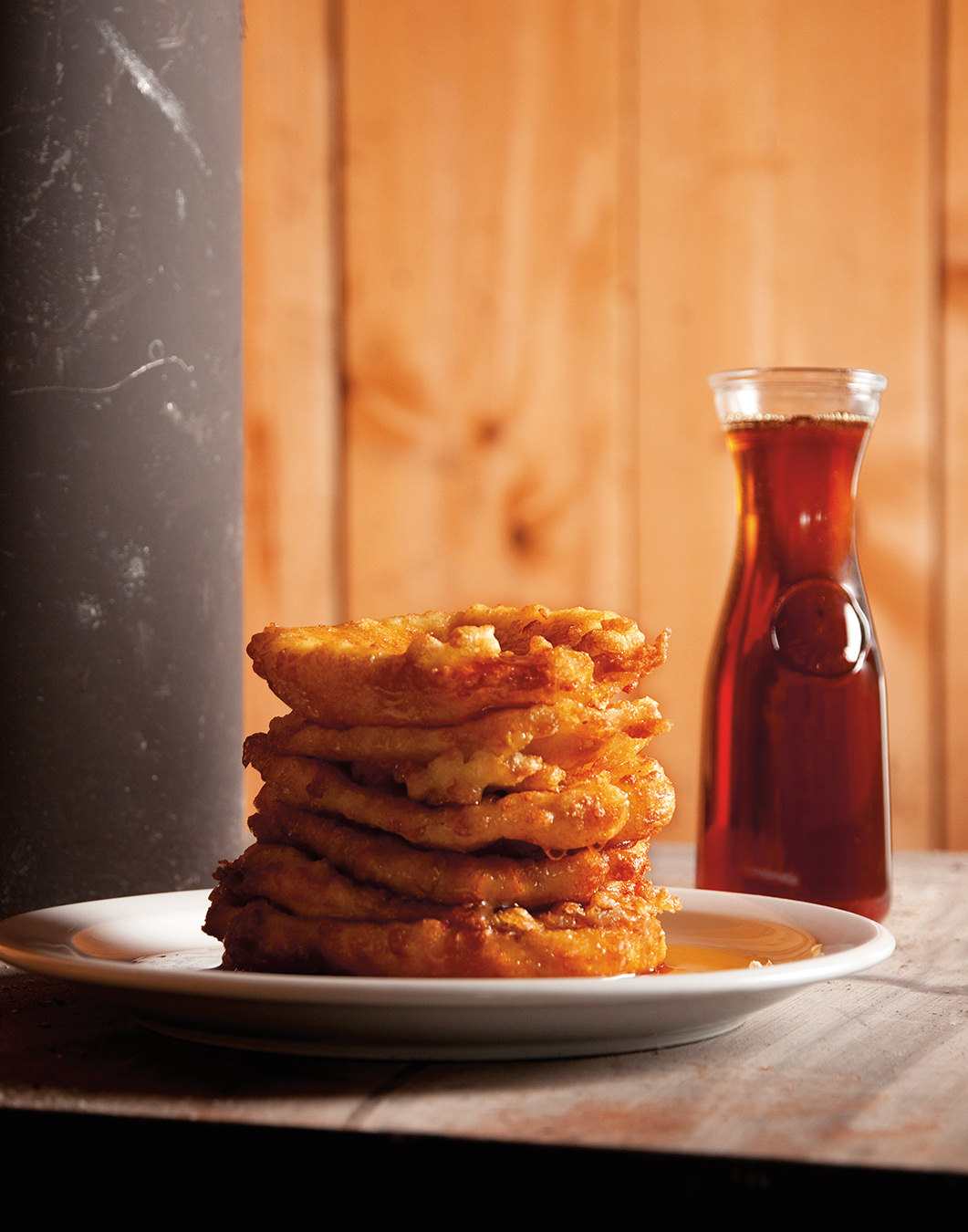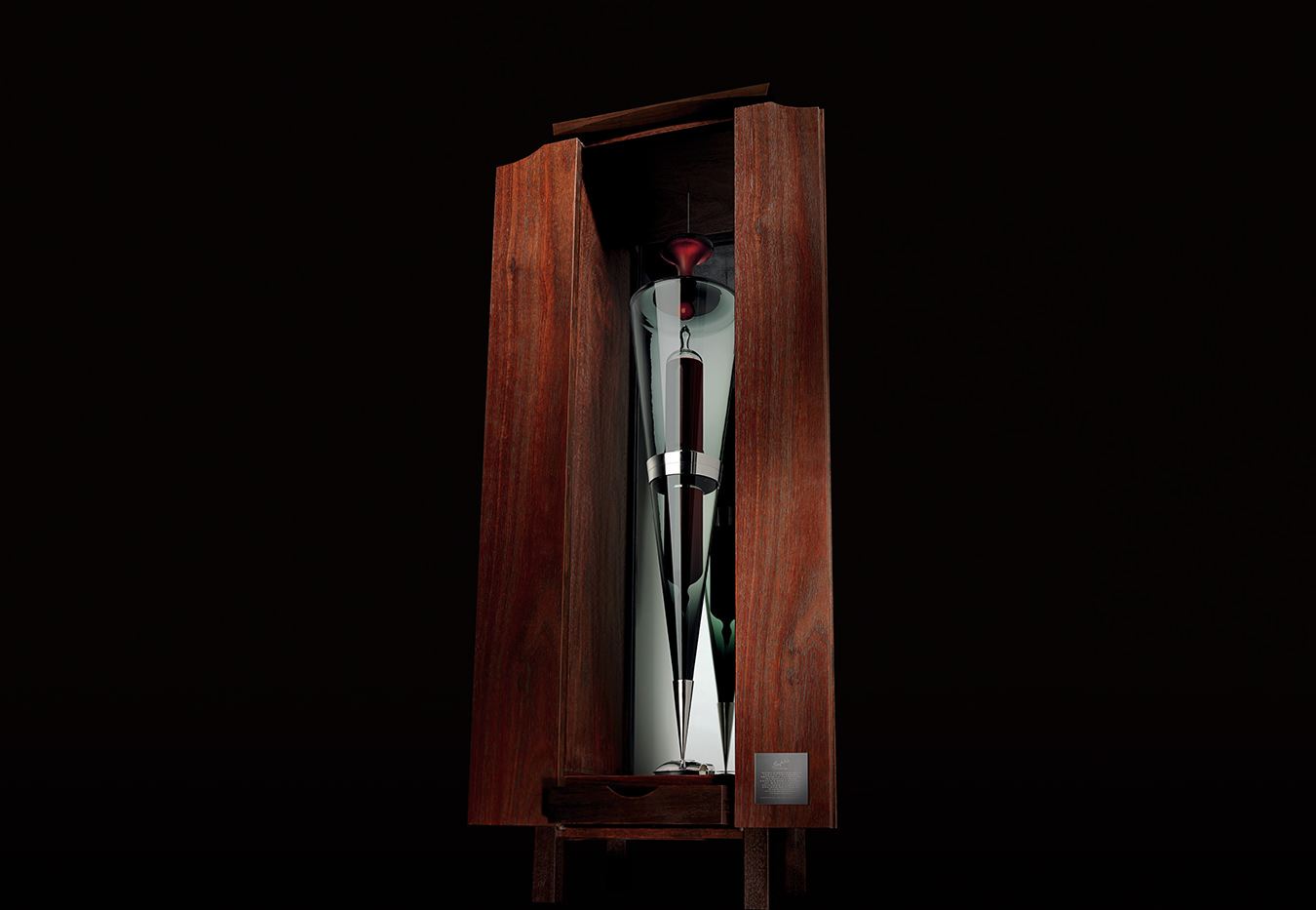Quebec Wines Are Beginning to Hit Their Stride
The wineries of Montérégie, an easy drive from Montreal.
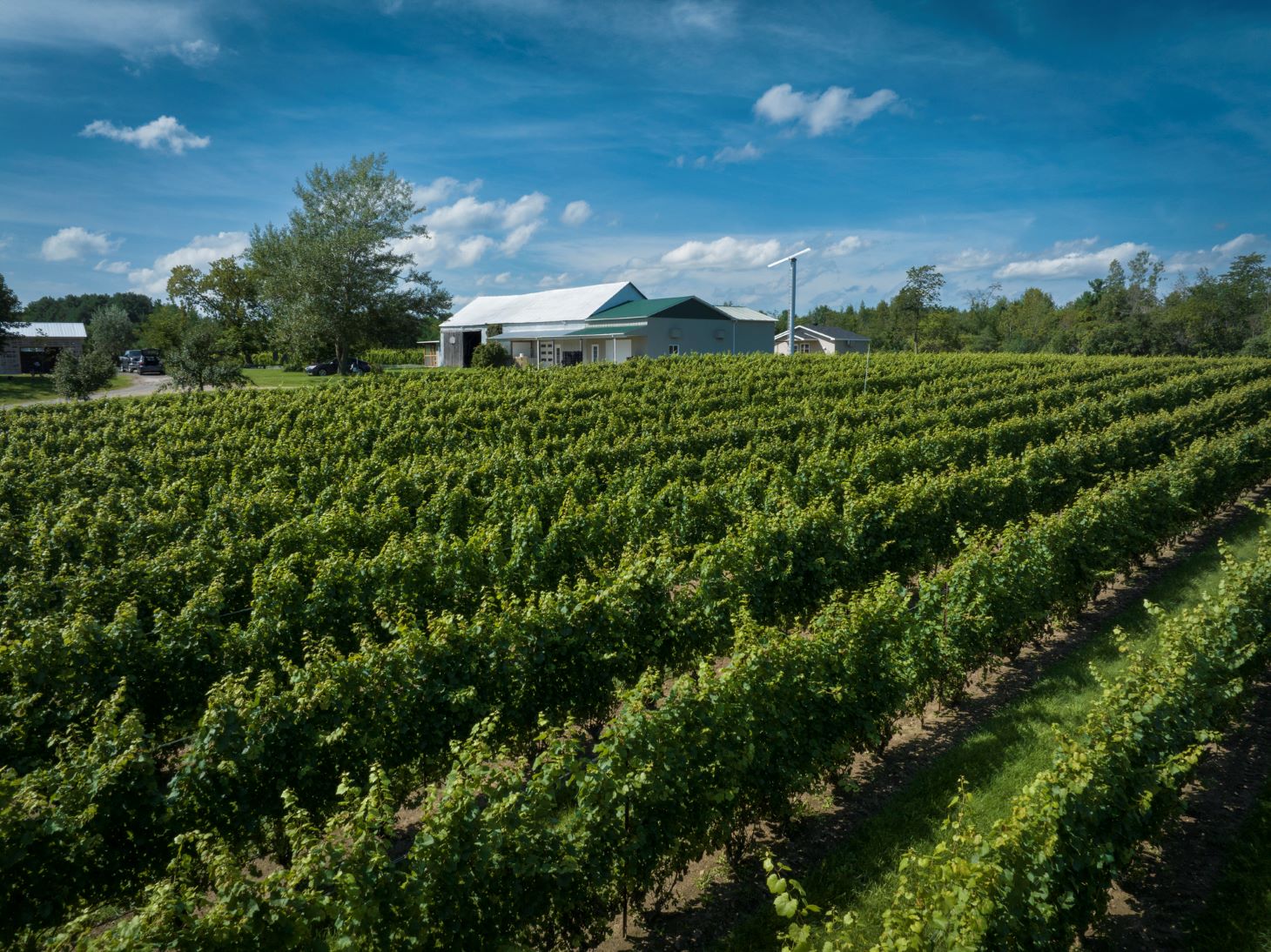
Quebec is beginning to emerge as one of Canada’s serious wine regions. Quebec wines are listed in some of the province’s best restaurants and even in Michelin-starred Paris establishments. Steadily shedding its reputation for producing only mediocre wines from hybrid grape varieties, Quebec is going through a period of renewal, and the evidence is in many of the three million bottles of wine it produces each year.
A key shift is the addition of Vitis vinifera vines, especially chardonnay and pinot noir, to the hybrid varieties that make up the bulk of Quebec’s vineyards. Wines made from vinifera varieties have better consumer recognition and are generally preferred over wines made from hybrids. Hybrid varieties became the mainstay of Quebec producers because many are winter hardy, but climate change and attention to vineyard sites have made varieties such as chardonnay, pinot noir, pinot gris, and gewürztraminer viable in many areas of the province.
One is the Montérégie region that mostly lies south of Montreal and extends to the U.S. border. It’s the warmest of Quebec’s wine regions, with a relatively long growing season that supports a number of vinifera varieties. More than a dozen wineries lie within an hour’s drive of Montreal, about the same distance as from Toronto to Niagara Peninsula. Montérégie is no Niagara—yet—but many of the wines made there are well worth looking at.
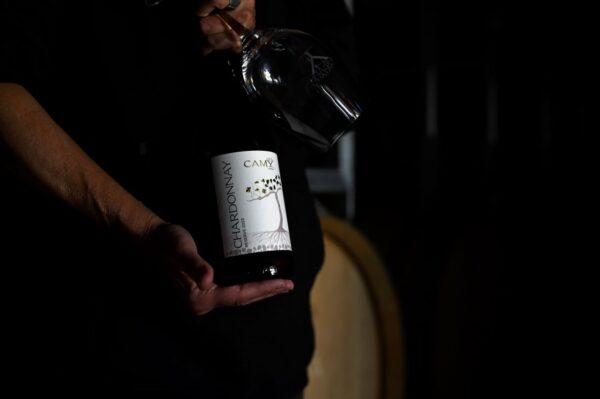
Vignoble Camy, near Saint-Bernard-de-Lacolle, is planted with chardonnay, pinot noir, and pinot gris. Owner-winemaker Fred Tremblay Camy gave up his career as a telecom engineer for his passion for wine, bought the property, and began planting vines in 2012. He planned to plant equal areas of the three varieties, but he lost most of his pinot noir vines to very cold weather in 2019. He replaced the lost vines with chardonnay, which currently makes up half his production. But, he says, “everyone wants pinot noir,” and he has land to plant more.
Camy produces two cuvées of chardonnay, a pinot gris, and a pinot noir. There’s also some skin-contact pinot gris—he used to make more, but restaurants are telling him there’s little interest in orange wine any more—and a “vigneron cider.” The wines are impressive across the board, notably Camy Chardonnay Réserve 2023, an elegant wine with well-defined fruit, juicy acidity, and poise. Camy Pinot Noir 2023, matured 10 months each in barrel and bottle, is a classic cool-climate pinot, aromatic with gorgeous herbal and tart cherry flavours paired with vibrant acidity.
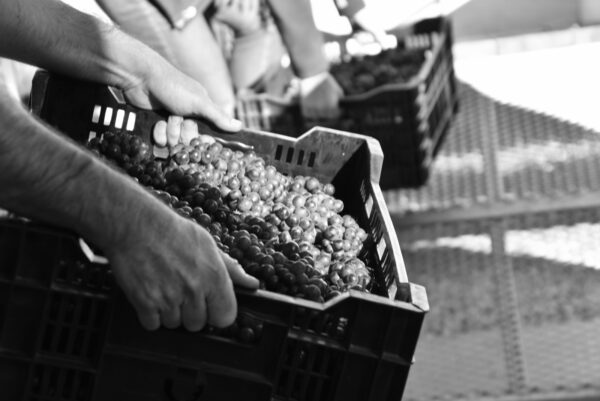
There’s no tasting room or retail store at Vignoble Camy, and the winery is not open to the public, but wines can be bought through the Camy wine club. They are also widely available at restaurants in Montreal and elsewhere in Quebec, as well as in several Michelin-starred establishments in Paris. Tremblay Camy says restaurants are his tasting room.
In contrast, Domaine St-Jacques, in Saint-Jacques-le-Mineur, has an extensive tasting room and a broader portfolio of vinifera wines. The winery’s 23 hectares were certified organic in 2020 and are weighted toward vinifera, especially pinot gris, pinot noir, riesling, chardonnay, and gamay. One of the most impressive is Domaine St-Jacques Pinot Noir 2022, aged 10 months in barrels. It comes in the light style typical of pinots of the region and sports very attractive, nicely focused cherry flavours with a little spiciness, paired with fresh, clean, and well-balanced acidity.
Domaine St. Jacques wines are certified Indication Géographique Protégée (IGP) Vin du Québec, established by law in 2018 to guarantee that the grapes a wine is made from were grown in a designated wine region of the province. Like VQA in Ontario and British Columbia, IGP Vin du Québec is a voluntary certification that some producers use, while others don’t, and it doesn’t reflect on quality either way.
Closer to Montreal is Vignoble Le Mas des Patriotes, where most of the wines are vinifera-based. Co-owner France Cliche started with hybrids, but now four-fifths of her six hectares of vineyards are planted in vinifera. One of the very successful wines is Le Mas des Patriotes L’Enclos Chenin Blanc 2024. It shows more restrained fruit than many chenins, but with its breezy acidity and delicate flavours, it’s an easy choice for summer sipping and for light food.
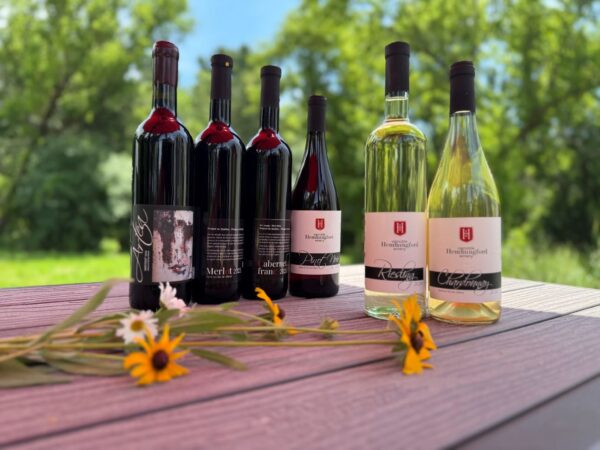
There are three wineries near the village of Hemmingford, near the U.S. border. Vignoble Hemmingford is a new venture, founded in 2017 by Benoît Labelle, an entrepreneur in the construction industry with a passion for wine. Convinced that vinifera is the future for Quebec wines, he planted riesling, chardonnay, pinot noir, merlot, and cabernet franc, and he released his first wines in 2024. That year he suffered a setback when he took a few days off for a family vacation and one vineyard was devastated by birds. What the birds left, raccoons finished off. He’s now installing fences and bird netting.
Vignoble Hemmingford makes a delicious merlot (2023), a reminder of how good cool-climate merlots can be, with bright red fruit and a juicy texture. Vignoble Hemmingford Artea Meritage 2023 is a 50-50 blend of cabernet franc and merlot aged 12 months in barrel. It’s the first Quebec wine to carry the Meritage name (under licence from the Meritage Alliance), and it delivers lovely layered ripe fruit, well-calibrated acid, and grippy tannins.
Two other Hemmingford wineries grow hybrid and vinifera varieties. Vignoble Les Bacchantes is in the hands of Sébastien Daoust, a business analyst who shares the winemaking with Geneviève Thisdel, a native of Beaujolais who made wine there before relocating to Quebec. She makes a personal subrange at Les Bacchantes, En Roue Libre.
A number of Les Bacchantes wines are hybrids or hybrid-vinifera blends, including Les Bacchantes M1 2021, a traditional method sparkling wine made from vidal. (Les Bacchantes has alphabetic series, where M stands for Mousse, B for Blanc, R for Rouge.) M1 spends 18 months on lees and delivers winning flavours, vibrant acidity, and fine bubbles. On the vinifera side, Les Bacchantes R2-Enfin 2022 is a lovely pinot noir, light-hued and -bodied and showing deceptive depth of flavour with fresh acidity.
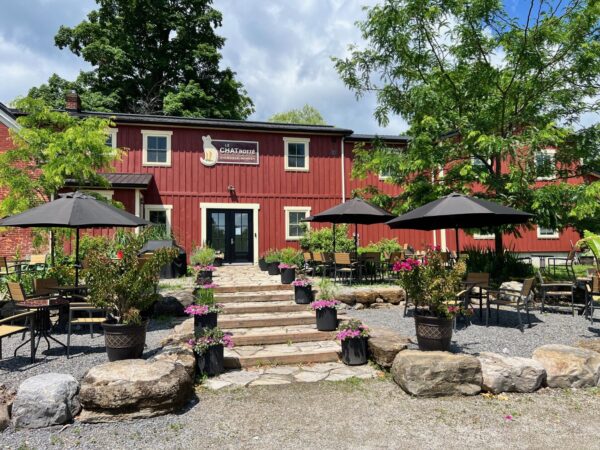
Closer to Hemmingford, Le Chat Botté (Puss in Boots)—so named because the owners used to breed Abyssinian cats—farms hybrid and vinifera varieties in organic vineyards. The plantings at Le Chat Botté reflect how Quebec wine has changed. The first vines, planted in 2004, were hybrids, as were all the vines planted until 2018, when vinifera varieties were added: chardonnay and riesling in 2018 and gamay in 2022. Normand Guénette, who co-owns the winery, makes impressive wines from both hybrids and vinifera, including some award-winning straw wines. A stand-out table wine is Le Chat Botté Hélium 2021, a blend of four hybrid varieties that showcases rich and appealing flavours of dark berries and fruit with clean, refreshing acidity. Co-owner Isabelle Ricard has designed playful and engaging cat-themed labels for the wines.
With their favourable climate, the wineries of Montérégie are playing an important role in the maturing of the province’s wine industry. It’s a process that wine regions throughout the world have gone through, and now is the time to taste this exciting transition in Quebec. There are opportunities to buy or taste these wines at the wineries (check their websites), in grocery and retail stores, in the SAQ, and on restaurant wine lists.
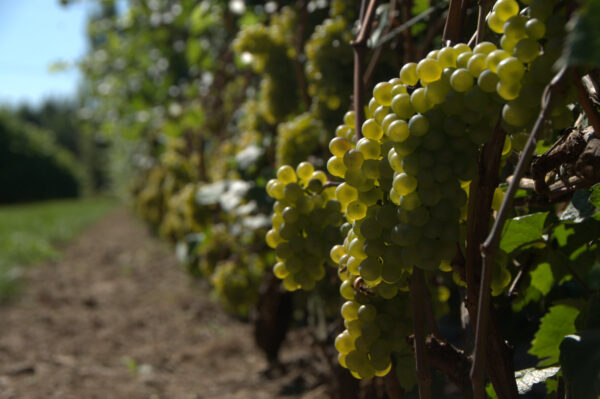
Some Montérégie wines
Domaine St-Jacques Cabernet Franc-Syrah 2022 (IGP Vin du Québec)
Domaine St-Jacques Pinot Noir 2022 (IGP Vin du Québec)
Les Bacchantes B2-Enfin Pinot Noir 2022 (IGP Vin du Québec)
Les Bacchantes M1 Sparkling Wine 2021 (IGP Vin du Québec)
Le Chat Botté Hélium 2021 (IGP Vin du Québec)
Vignoble Camy Chardonnay Réserve 2023
Vignoble Camy Pinot Noir 2023
Vignoble Hemmingford Artea Meritage 2023
Vignoble Hemmingford Merlot 2023
Vignoble Le Mas des Patriotes L’Enclos Chenin Blanc 2024 (IGP Vin du Québec)

